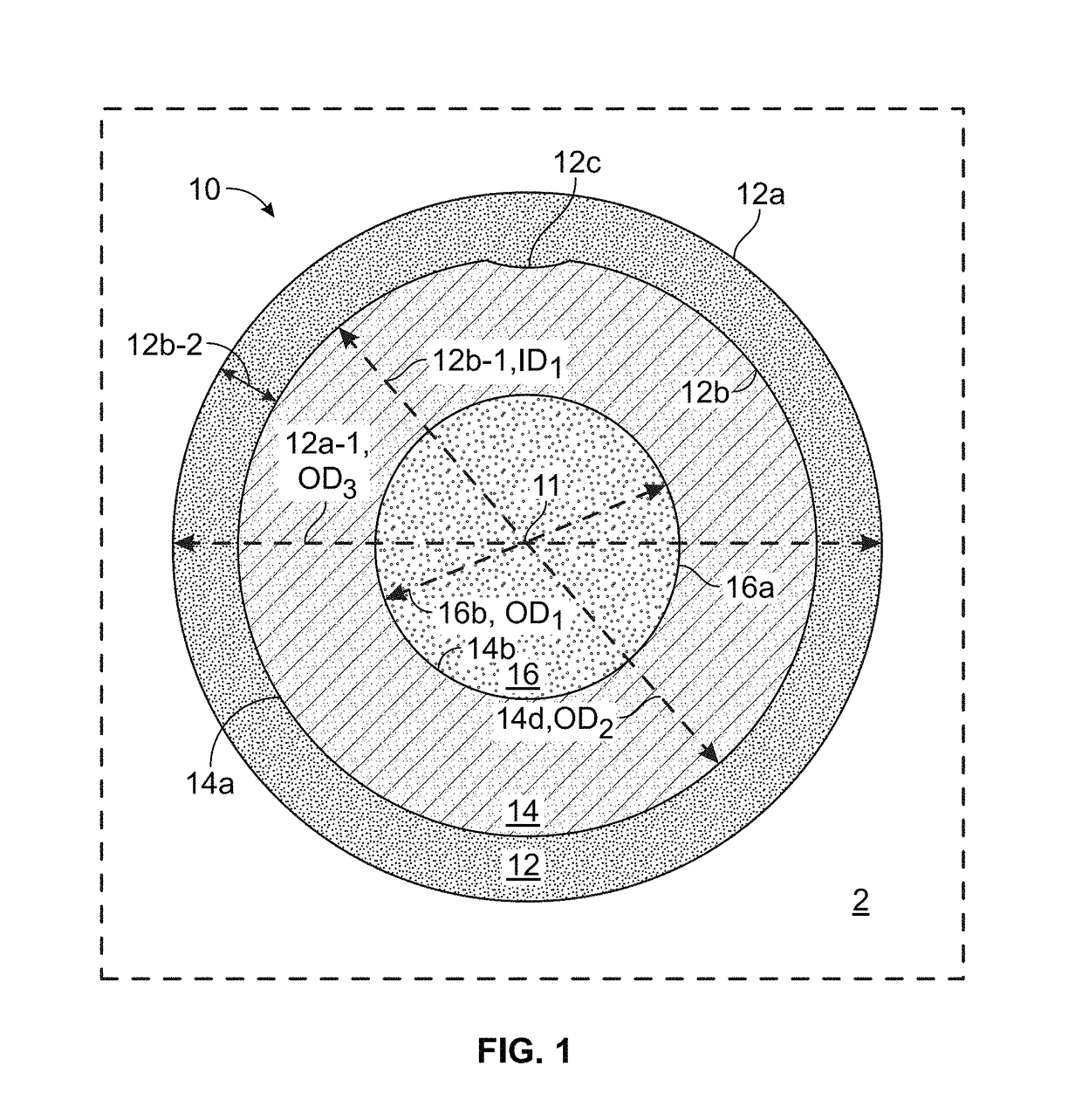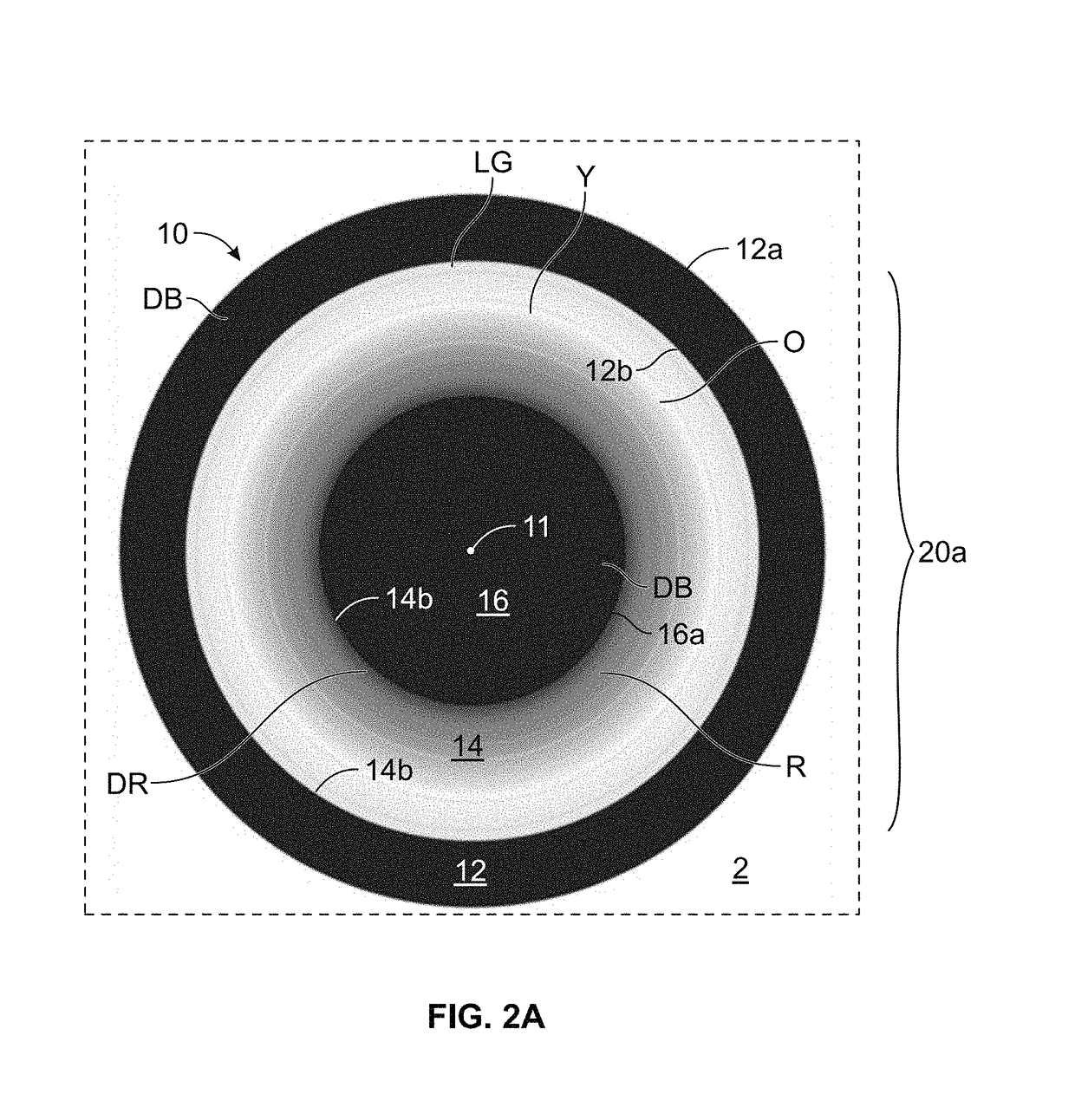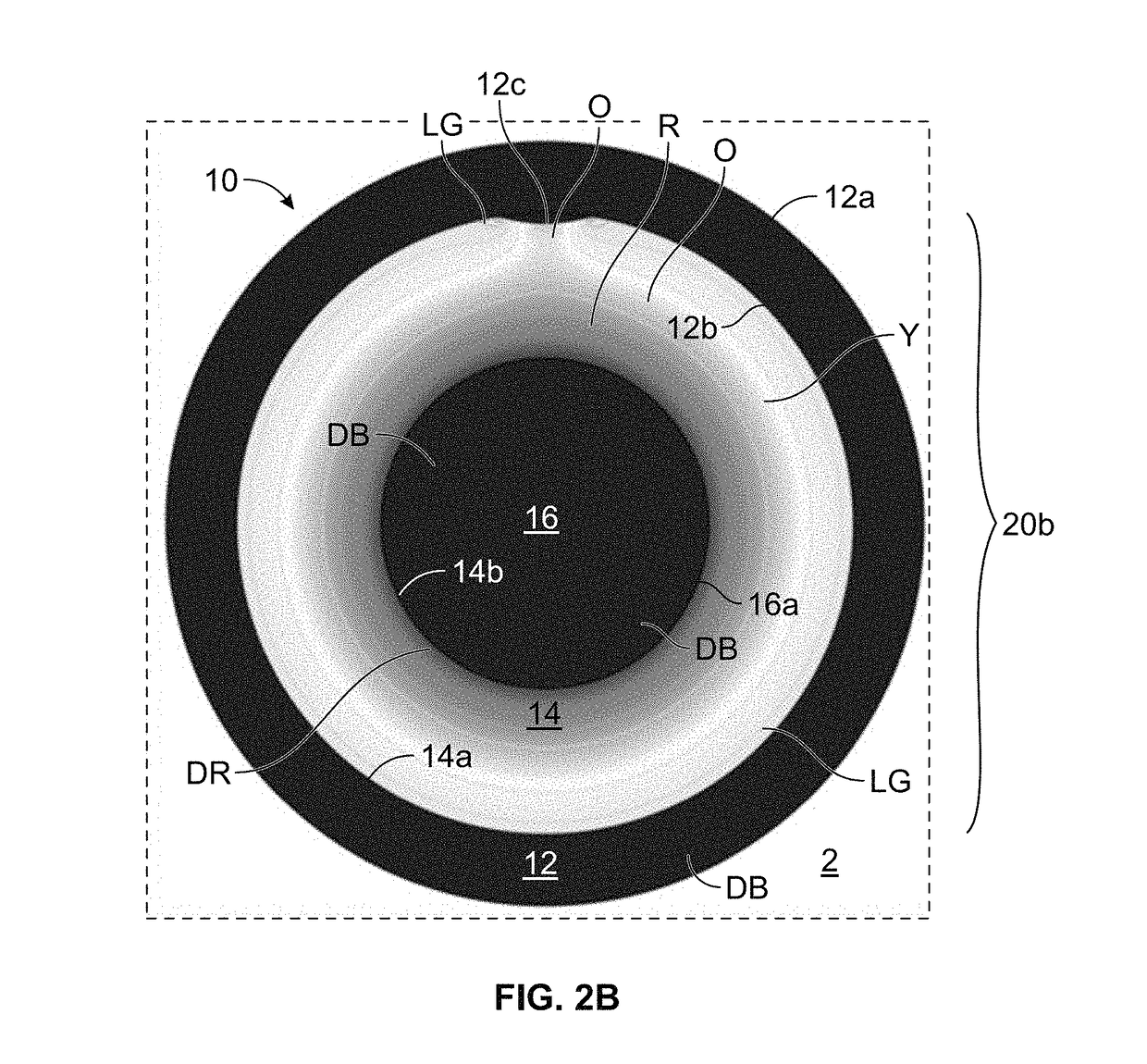Stress control cones for downhole electrical power system tubing encapsulated power cables
a technology of stress control cone and power cable, which is applied in the direction of cables, coupling device connections, borehole/well accessories, etc., can solve the problems of improper or incorrect termination, difficulty in properly cutting and preparing cables, and corrosion of fluid filled environmen
- Summary
- Abstract
- Description
- Claims
- Application Information
AI Technical Summary
Benefits of technology
Problems solved by technology
Method used
Image
Examples
Embodiment Construction
[0063]Reference throughout the specification to “one embodiment,”“an embodiment,”“some embodiments,”“one aspect,”“an aspect,” or “some aspects” means that a particular feature, structure, method, or characteristic described in connection with the embodiment or aspect is included in at least one embodiment of the present disclosure. Thus, the appearance of the phrases “in one embodiment” or “in an embodiment” or “in some embodiments” in various places throughout the specification are not necessarily all referring to the same embodiment. Furthermore, the particular features, structures, methods, or characteristics may be combined in any suitable manner in one or more embodiments. The words “including” and “having” shall have the same meaning as the word “comprising.”
[0064]Moreover, inventive aspects lie in less than all features of a single disclosed embodiment. Thus, the claims following the Detailed Description are hereby expressly incorporated into this Detailed Description, with e...
PUM
 Login to View More
Login to View More Abstract
Description
Claims
Application Information
 Login to View More
Login to View More - R&D
- Intellectual Property
- Life Sciences
- Materials
- Tech Scout
- Unparalleled Data Quality
- Higher Quality Content
- 60% Fewer Hallucinations
Browse by: Latest US Patents, China's latest patents, Technical Efficacy Thesaurus, Application Domain, Technology Topic, Popular Technical Reports.
© 2025 PatSnap. All rights reserved.Legal|Privacy policy|Modern Slavery Act Transparency Statement|Sitemap|About US| Contact US: help@patsnap.com



